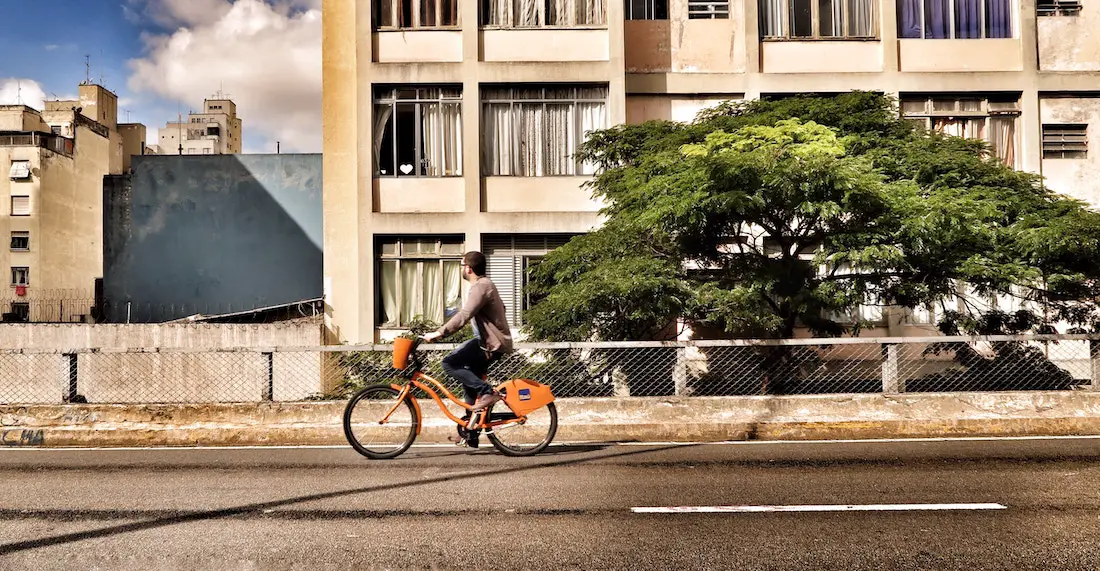There’s probably no such thing as the optimal educational path, especially if you’re interested the onion-esque, multi-layered topic of urbanism (which also has potential to make you cry if disrupted incorrectly).
I’ve previously written about ways to improve education around topics related to urban development, saying “sustainable urbanism doesn’t just happen, it needs to be encouraged through the design of our cities.” Could it be that the study of art and design is ideal for urbanism, even if the topics don’t immediately seem directly related?
With the early years of my academic adventures based in art and design, I’m inevitably a bit biased. But hear me out. The following skills are synonymous with art and design education, and I’d argue also invaluable if aiming to contribute to the creation of sustainable cities.
Understanding Visual Logic
Why are some websites easy to navigate and others confusing? Why are some rooms relaxing and others anxiety-inducing? Why do some streets feel comfortable and safe, and others awkward and unwelcoming? Whether you call it UX or spatial design, it all comes back to the power of visual logic. Colour, shape, and the balance between elements come together to create experiences for people. Understanding this matters in more than just art and design.
Conceptual Thinking
How many good artists express their feelings and demonstrate their ideas literally? The same applies to anything with a design or communications angle. Want people to know that your development is amazing and innovative? Don’t tell them “this development is amazing and innovative”. What makes it so great, why is that better for people, and how can you put that across in a way that is interesting and engaging? Artists express themselves in this manner all the time, generating emotional reactions in their audience. This is a valuable approach in other projects too.
Written and Verbal Communications
Making good work is important. But effectively communicating the details and background of that work is even more important, taking others on a journey to understanding the value you’ve created. The ‘everyday’ skills of talking and writing are essential in art and design education, guiding others through your work, and constructively critiquing the creative expressions of those around you. In urbanism, this could mean the difference between a project being realised or not, a development being just OK or brilliant.
Facilitation
Sure it’s fun to creatively explore your own ideas when studying art and design, but working with others to bring out the best in their creativity matters too. And facilitating other people’s impact – like you do all the time when studying art and design – is not only fun, but useful in the professional world. Briefing agencies and suppliers or working with colleagues on projects with creative processes or outcomes requires you to hand over at least some control, and the skills acquired studying art and design can enable you to master the challenge of offering effective guidance, keeping the right projects on the right trajectory.
Photo: Annie Spratt



